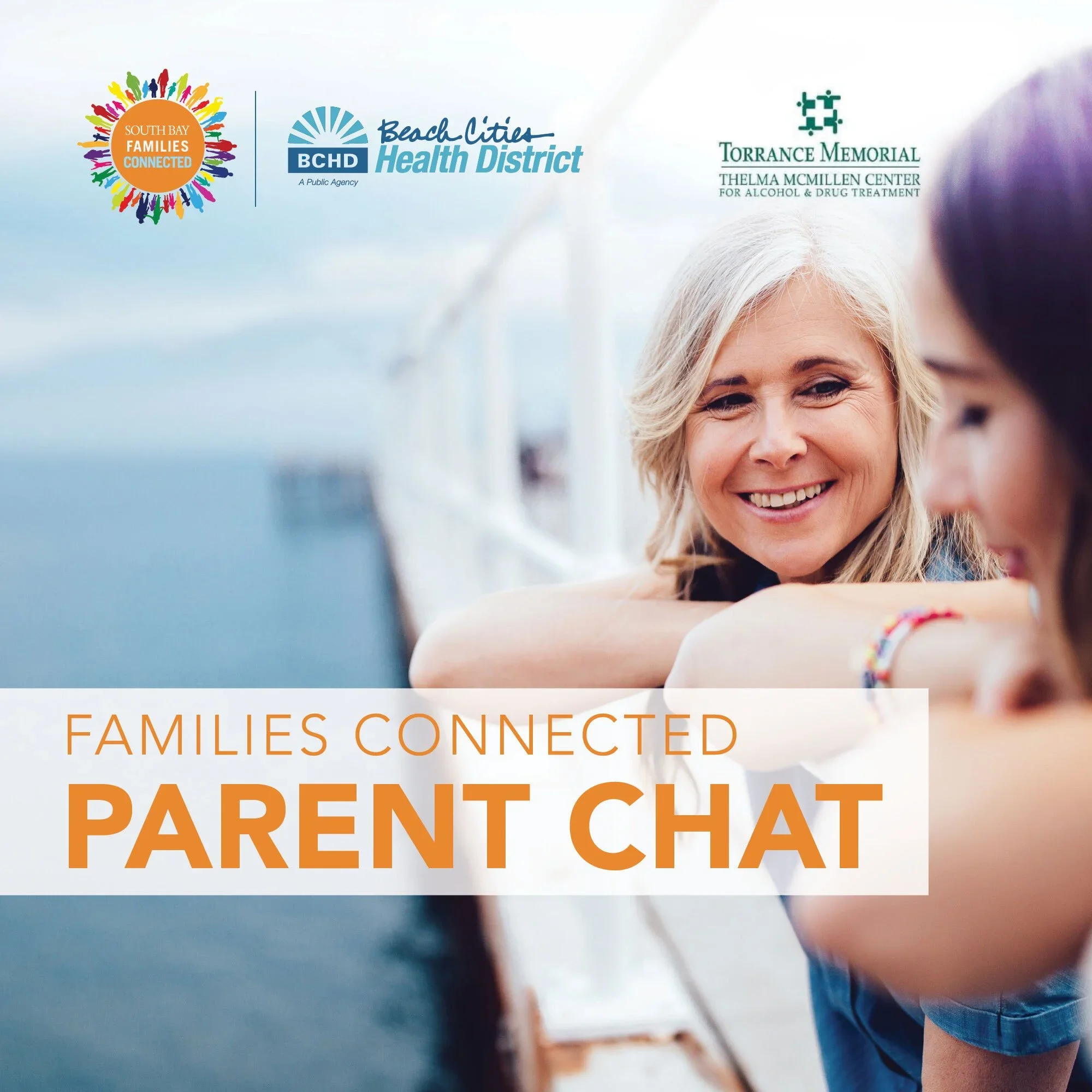It's Time for a Cyber Safety Tune-Up, by Clayton Cranford
/It's Time for a Cyber Safety Tune-Up
Kids are back in school. Maybe your child, or their classmates, have a brand new phone. At the beginning of every school year, there tends to be a lot of bullying and other problematic behavior happening online. For this reason, at the beginning of every school year, I suggest parents do a cyber safety tune-up of their child's digital safety. Whether you have already done some of the suggestions below, or you are new to your child's digital world, cyber safety is an on-going conversation and these issues deserve our attention. As parents, we need to stay engaged in our children's lives and the digital world is a big part of it.
1. Review the Mobile Device and Internet Contract with your child.
80% of parents have never discussed Internet safety with their child. Talking to thousands of parents every year, I have learned parents are not having this important talk with their child because they do not know what to say. The number one safety factor in any child's life is a parent that will speak to them about important, and sometimes tricky topics like Internet safety, bullying, drug use, vaping, etc. The Mobile Device and Internet Contract is a parent's script to opening a meaningful conversation about cyber safety with their child. Read each point to them, and then ask them to share their thoughts about it. Ask open-ended questions like, "Why do you think this is a good idea," or "what could happen if you let a stranger into your Instagram account?"
2. Filter the Internet content that is coming into your home.
Use a reliable content filter on the Internet coming and going from your home. I recommend using OpenDNS. It is free for families to use. Your router may already have content filtering built into it. Make sure you are using something. Not only will you block inappropriate adult material from reaching your child's device, but it will also block malicious websites that can infect your devices with viruses or malware.
3. Turn on parental controls on all the Internet-connected devices your child is using.
For most parents, even parents who are IT professionals, this is a tall order. You can slog through YouTube videos, and Google searches on how to do this on your child's devices. Unfortunately, parents who do this give up after an hour or two. I don't want parents to give up. This step is too important. That is why I wrote my book, Parenting in the Digital World." It will walk you step-by-step through the process of turning on all the necessary parental controls on all of your kid's devices, including their mobile devices, computers, and gaming consoles.
4. Install a parental control and notification app on your child's mobile device.
I have been using a great app on my children's mobile phones called Websafety. It is available on iPhone or Android devices. It is incredibly easy to use and helps me stay on top of my boys' digital world wherever they are.
Websafety will capture browsing history and alerts you when flagged websites, such as porn and other inappropriate websites, are accessed.
Websafety monitors all new app installations and when they are uninstalled. You can check your child's apps right from your own mobile device. On Andoid devices, you can read your child's text messages and get alerts if harmful or dangerous words are used. If your child is using Instagram (mine are), Websafety will capture every photo posted from your child’s Facebook and/or Instagram account. For every posting, a mobile alert will be sent to the parent with a dashboard notification. Along with posts, all comments will be visible and continuously run through WebSafety’s words of concern database for additional alerts.
Do you struggle with setting screen time limits? WebSafety includes a Curfew feature to manage time each day in which the mobile device is locked from use. This feature is great for bedtime, study time or any time.
One of my favorite Websafety features is location tracking and notifications. I have it set so that when my boys arrive or leave home or school, I get a notification on my phone. I can also see their current location anytime I desire.
5. Recruit other parents in your network to be cyber safety conscious.
When you are talking to your child about Internet safety and supervising their online activity, you are not only making your child safe, but you are also making every child in their social network safer. What if the parents of your child's online friends were also supervising their online activity? Your child now has an additional layer of safety. This is one of the times the saying, "It takes a village to raise a child" is true. You can recruit and educate parents by:
See up-to-date articles from www.cybersafetycop.com on your Facebook page.
Share the free Cyber Safety Cop newsletter with your friends. Invite them to subscribe too.
Attend and invite your friends to the Families Connected September 17 event, "Parenting in the Digital World." Click on the link below for details and to register.
Clayton Cranford, Cyber Safety Cop
Note: Clayton Cranford's book Parenting in the Digital World will be sold at the event.



